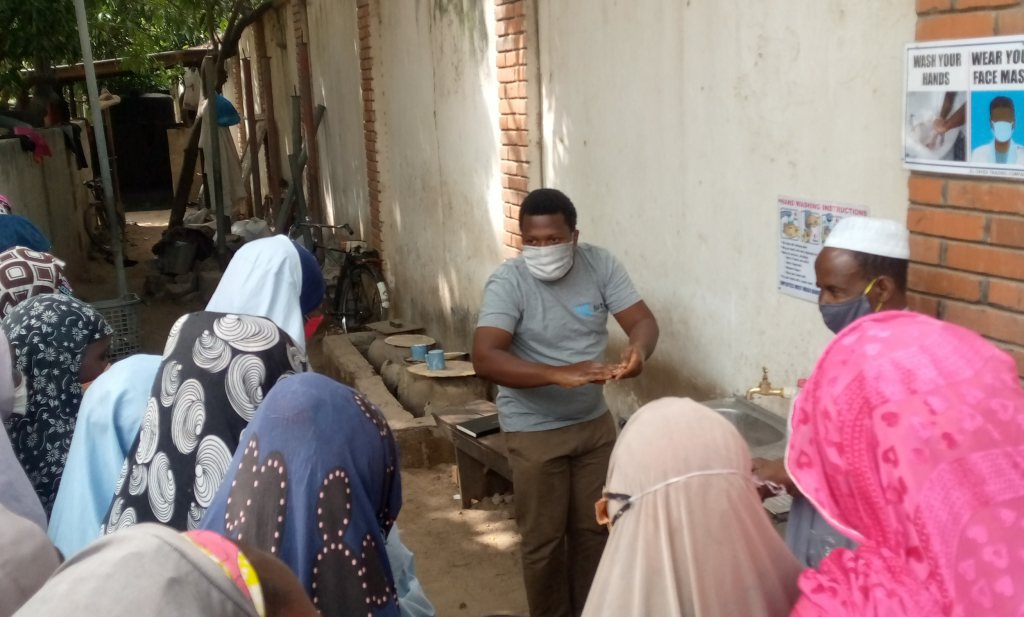In this week’s Letter to My Farmers, Babatunde discusses the necessity of a move from small scale markets to commercial markets in order to decrease food scarcity.
n every sector, there are risks attached to operating effectively, however, many sectors of the economy have always devised a means to minimize risks to the bare minimum. However, in the agricultural sector, it has not been so, especially in developing countries; it is characterized with high risks at every point of the value chain, in which the production phase takes the highest percentage of the risks from pre-planting through planting and post planting operations (in consideration of both weather and non-weather factors).
Every day on the farm, farmers are faced with challenges such as pest infestation, soil acidity, unpredictable rainfall, poor quality inputs such as seeds, fertilizers and agrochemicals, unreliable laboratories for testing, poor quality irrigation water, and high cost of irrigation facilities, amongst others. Some of these risks can be mitigated by the farmers, whereas others are beyond their control as the responsibility to mitigate these risks should be taken on by other stakeholders, but who have failed to do so. For instance, the quality of inputs should be the responsibility of the regulatory bodies in charge of inputs in the country. Simply put, these organizations are to ensure that only quality inputs get to the market through inspection of the processes and conducting of quality checks for the various inputs used in primary production. Sadly, farmers have been exposed to the purchase of poor quality inputs due to the lack of coordination of regulatory bodies. This, and many other risks, have continuously undermined agricultural productivity at the farm level over the years, with no concrete solution yet.
It is very essential to understand the agricultural value chains and identify the various risks at the different activities' levels in order to know which measures to put in place to reduce them, and also learn how to identify the appropriate actors or stakeholders that should take up the responsibility of implementing these measures rather than leaving them to be implemented by farmers. Therefore, we need all stakeholders to brace up and provide the needed support to mitigate risks at the farm level in order to improve productivity.
The burden of farming is enormous and unprofitable due to the many unresolved risks and uncertainties attached to it. Therefore, the role of the government cannot be overemphasized in order to ensure that the appropriate framework and governance are developed to mitigate risks below the threshold level that encourage ingenuity and high productivity. It is a collaborative responsibility and we all need to genuinely support this step if we really want a transformation of the agricultural sector from the small-scale to a commercial enterprise, and achieve food security for the increasing population.
Yours-In-Service,
Babatunde
Every day on the farm, farmers are faced with challenges such as pest infestation, soil acidity, unpredictable rainfall, poor quality inputs such as seeds, fertilizers and agrochemicals, unreliable laboratories for testing, poor quality irrigation water, and high cost of irrigation facilities, amongst others. Some of these risks can be mitigated by the farmers, whereas others are beyond their control as the responsibility to mitigate these risks should be taken on by other stakeholders, but who have failed to do so. For instance, the quality of inputs should be the responsibility of the regulatory bodies in charge of inputs in the country. Simply put, these organizations are to ensure that only quality inputs get to the market through inspection of the processes and conducting of quality checks for the various inputs used in primary production. Sadly, farmers have been exposed to the purchase of poor quality inputs due to the lack of coordination of regulatory bodies. This, and many other risks, have continuously undermined agricultural productivity at the farm level over the years, with no concrete solution yet.
It is very essential to understand the agricultural value chains and identify the various risks at the different activities' levels in order to know which measures to put in place to reduce them, and also learn how to identify the appropriate actors or stakeholders that should take up the responsibility of implementing these measures rather than leaving them to be implemented by farmers. Therefore, we need all stakeholders to brace up and provide the needed support to mitigate risks at the farm level in order to improve productivity.
The burden of farming is enormous and unprofitable due to the many unresolved risks and uncertainties attached to it. Therefore, the role of the government cannot be overemphasized in order to ensure that the appropriate framework and governance are developed to mitigate risks below the threshold level that encourage ingenuity and high productivity. It is a collaborative responsibility and we all need to genuinely support this step if we really want a transformation of the agricultural sector from the small-scale to a commercial enterprise, and achieve food security for the increasing population.
Yours-In-Service,
Babatunde
Related



